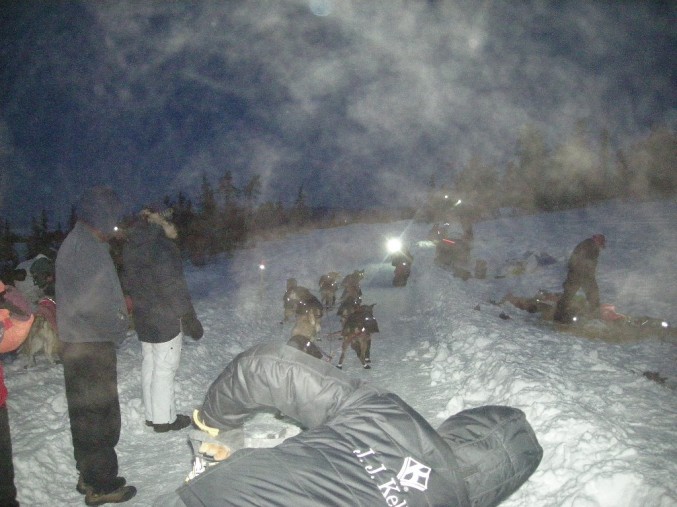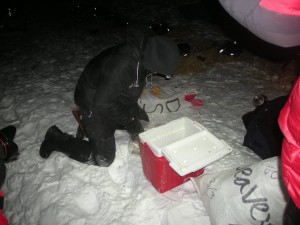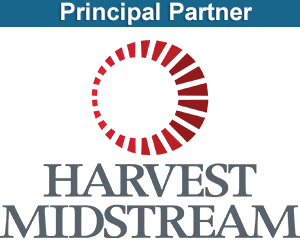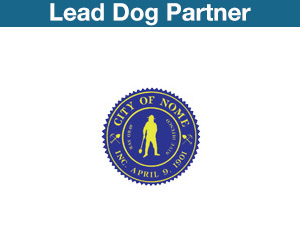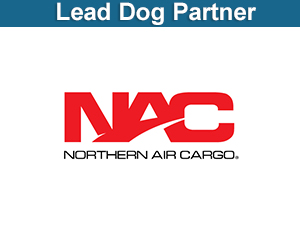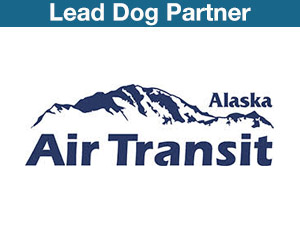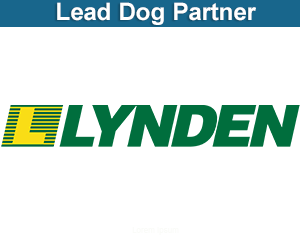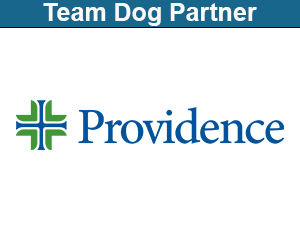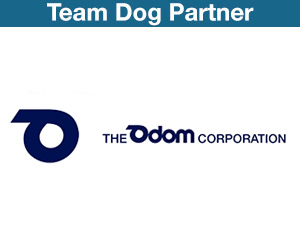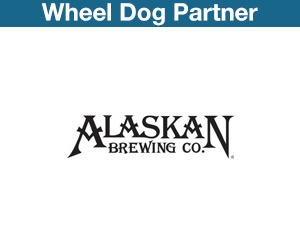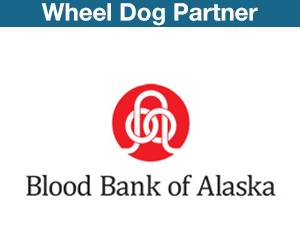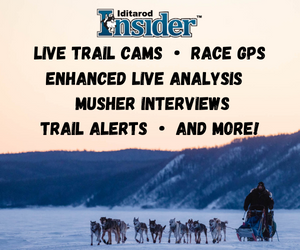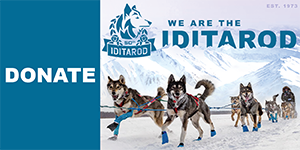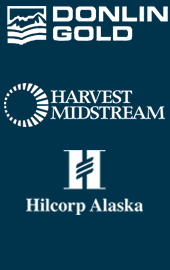Koyuk—Blogging 8 a.m. the checkpoint, There’s an uprising—-Seavey awake, alarm bells for Zirkle by Joe Runyan
Our three top mushers in the checkpoint are dodging each other as Seavey prepares to exit (we think after a very welcome five hour rest) at around 8 a.m.
Simultaneously, Aaron arranges to have some of his clothes stuck in a dryer, while Aliy gets the wake up call from COMMS and just now fluffing herself up to put on gear to go outside.
FlashFlash—-John Baker, the 2011 Champ, into Koyuk, residing in 4th place. Approx time 7:45am
The big questions which can be answered by musher management
Hydration— a serious musher problem, all the more ironic as this is the main focus by mushers for their dogs. Aliy and Dallas are consciously attempting to keep liquid intake acceptable. Dallas actually has a compartment in his sled bag with handwarmers to store liquid drinks.
Knife safety—-Dallas’ Dad Mitch severely cut his hand last year, taking him out of the race, and Jake Berkowitz disqualified himself after cutting his hand with a straight blade hunting knife.
Dallas tells us that his straight blade hunting knife is merely a blunt edge striking implement and on purpose, the blade is dulled. End result: don’t play with sharp knives. Just in case he does need one, Dallas tells us he has a sharp pocket knife.
Sleep Deprivation This is a huge under rated problem as most mushers prefer to regard sleep deprivation as a point of honor, a TEST OF WILL, to overcome. However veterans will often describe solving the problem like this: the first impulse is to plan for sleep deprivation as a necessary agony, but then the memory of it turns into a sort of preliminary fear. This in turn results in the next stage of maturation, which is to figure out how to manage it. This is when you see experienced competitors grabbing naps at every opportunity.
The dog blankets The ubiquitous dog blankets are a solution to a well known exercise physiology observation. An athletes core temperature is related to muscle function. Therefore, many mushers assume that dogs in cold temperatures will benefit from a blanket. Of course, individual differences in fur coat, physiology, etc. complicate this assumption on a practical basis.
My own personal view is up for attack—take it or leave it—-but the hard data to rationalize the practice of using dog blankets to increase core temperature, therefore improving performance, looks objectively difficult. I put this question in the category of Musher ART rather than Scientifically approved.
Dallas is prepared to leave, having put two complete meals in the furnace of his swifts. He prepares to leave after exactly five hours of rest, and interestingly, goes to the effort to coat them.
Dallas is out at 5:20 a.m.
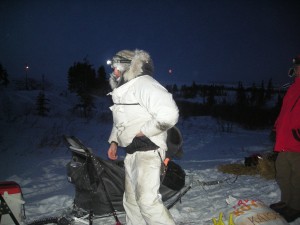
Most pathetic art photo ever taken of the Iditarod shows Pete Kaiser, orange moon to right of head, and Dallas Seavey team silhouetted by moon (not seen, but it was there in misguided artistic attempt) smartly trotting towards Elim---"he'll be hard to catch" a common refrain.
Chaos in the Checkpoint
Kaiser passes Seavey the Elder in the last miles into Koyuk. Kaiser enters the checkpoint as Dallas Seavey takes his dogs off the bed and lines them up on the exit trail.
Common practice is to get your dogs up on the trail. Having consumed volumes of feed, the dogs naturally want a break to urinate, etc, so the musher allows for the courtesy. While this little step in the exit protocol is taking place, Mitch enters the dog lot.
Dallas sprints from his sled, “Please stand on the brake,” and talks to his Dad momentarily, sprints back, jumps on the runners, and with a command that was soft/and or inaudible, leaves the checkpoint at a very respectable trot.
On the western horizon, the orange half-moon in the dawn light against a deep pastel blue sky and absolute white ocean ice, Dallas Seavey and Team move silhouetted. I tried to get a photo, but unfortunately failed, so this image is essentially unsupported. However, I did get some back up from a few Iditarod insiders. “It’s as good a team as we’ve seen departing in the lead. He’ll be hard to catch.”
Musher Dallas Seavey departs In lead at 8:30AM —–over five hours resting in Koyuk, which is considered a generous rest at this stage of the race.
Of course, Aliy is out tagging Dallas at 8 51AM, hoping to regain momentum. I talked to Aaron Burmeister, who commented that Aliy has to put her self in a position to seize an opportunity. She is twenty minutes behind Dallas, allowing no room for error on either front runner’s race.
Kaiser
Pete Kaiser smoked the field with a fast run to Koyuk, prompting several of his musher buddies in the checkpoint. They encouraged him to take two hours, pursue Seavey to Elim and see if he can make any time.
In absolute terms, he was probably an hour faster than Dallas, but many contingencies temper the raw numbers. First, pete tells me, his leaders are young. “If I had my old leader (which he dropped) I would try it. But, I think I’ll rest four hours according to plan and make sure my young leaders are good to go.”
Ramey Smyth
Ramey is revitalized and now in the hunt for top ten. After remaining anonymous for most of the race, claiming to have been placed in maintenance mode at Takotna, Ramey is once again in attack mode.
Note: did not have a chance to talk to Ramey before this post, but will make it a point to do so, having noticed that his team entered in brilliant fashion. Ramey seems to have this personality tic—he loves to pass people in the last third of the race. He does it, he says, as a positive gesture to improve character. People need to learn how to accept failure gracefully, he possibly reasons. Of course, I am goofing around—but it is true, Ramey is always a game changer in the last 200 miles of racing. Very likeable human being, great sense of humor, always positive, good to be around, type of person that boosts your day.
Final Thoughts
Dallas in control. Aliy in pursuit. The rest of the field in disarray. Our media group plans to move to Elim before a projected arrival of Dallas at 2 30 PM , early afternoon.




